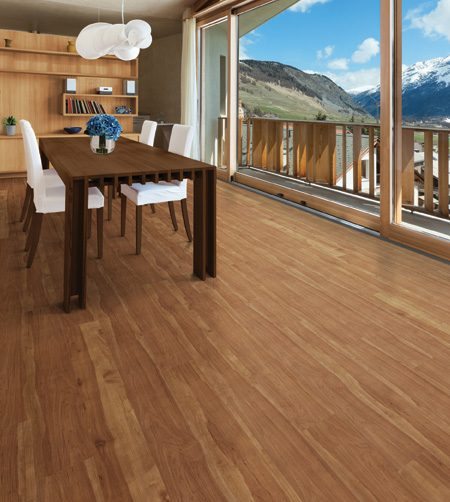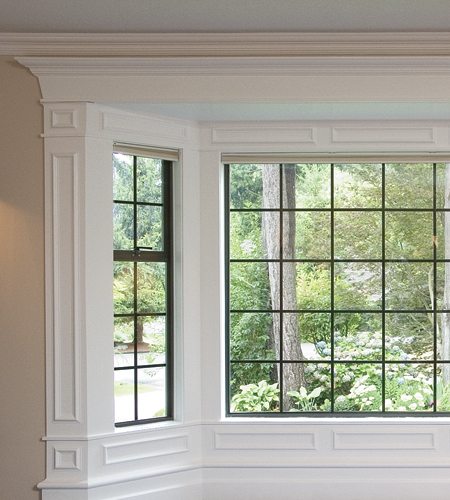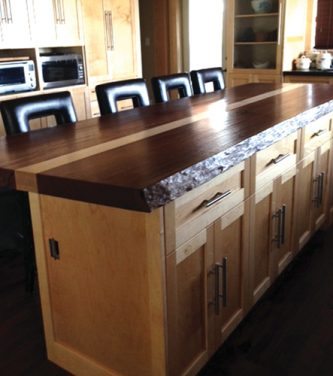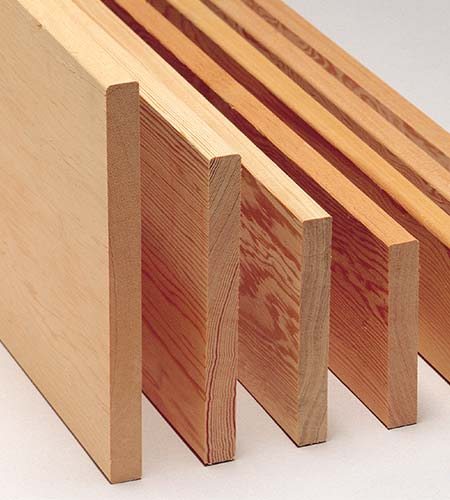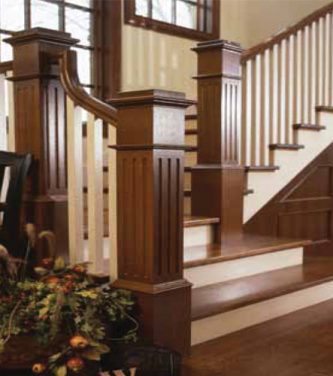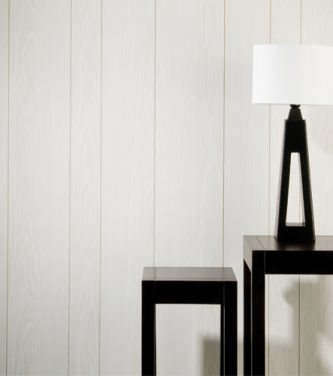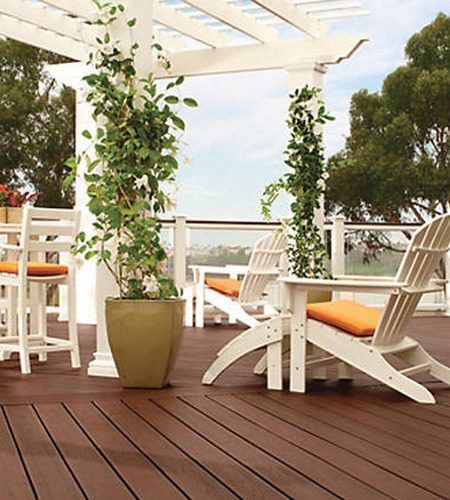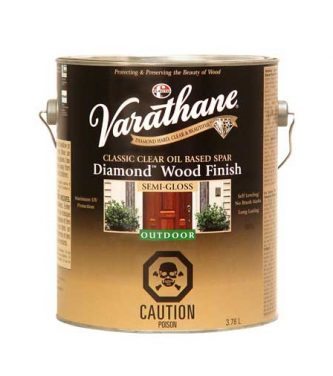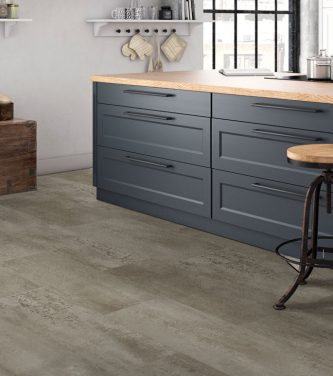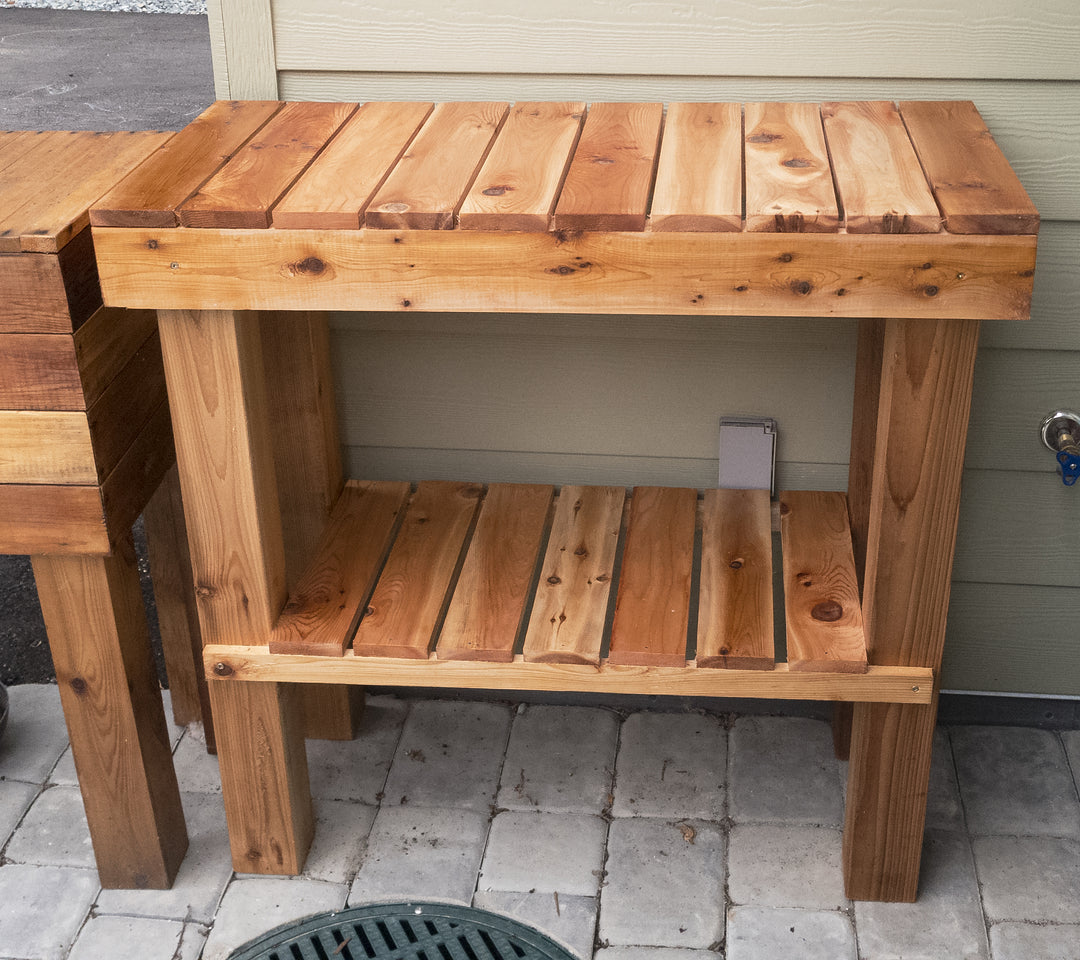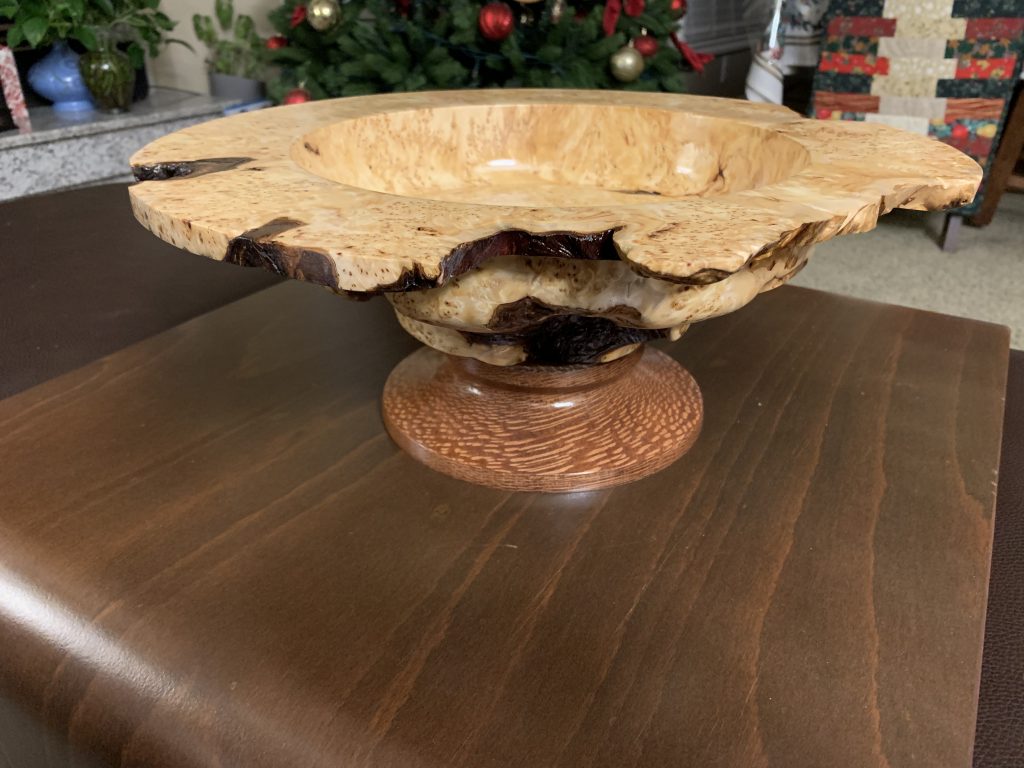Finishes for Wood Bowls, Butcher Blocks, Other Items Used for Food and Children’s Toys
The durability and beauty of wood make it a strong choice for bowls, butcher blocks, and other items used to prepare or serve food. Wood also tends to harbor fewer bacteria than some plastics. Finishes protect against moisture and wear while enhancing appearance.
Water-repellent finishes reduce swelling and shrinkage from brief contact with water, making wood easier to clean. Utensils and countertops benefit from finishes that resist abrasion, acids, and staining. Finishes fall into two groups: film-forming coatings and penetrating oils. Film finishes protect with a surface layer but can chip or peel. Penetrating finishes soak in and include drying and nondrying oils.

Drying Oils
Drying oils penetrate and cure within the wood. Common options are linseed, tung, and diluted varnish. Often called wood sealers, these finishes reduce water absorption, resist scratches, and are easy to apply. Worn areas blend well when patched without obvious lap marks.
Nondrying Oils
Nondrying oils penetrate but do not cure. Vegetable oils such as walnut, olive, corn, peanut, or safflower are sometimes used on utensils. Walnut oil is a popular choice. Apply several heavy coats and refresh as needed. Natural vegetable oils can become rancid over time and may impart odor or flavor. Let treated utensils dry for several weeks before use.
Mineral (paraffin) oil is a petroleum-based nondrying oil used on utensils and boards. Do not use baby oil, which contains additives not intended for food contact.

Paraffin Wax
For countertops, butcher blocks, cutting boards, and small toys, melted canning paraffin is a simple finish. Melt in a double boiler and brush on liberally, or dip small items. Excess can be scraped off or heat-leveled using an old iron. To remove excess, place the item on a rack over a pan in an electric oven set to a very low temperature (about 120–170°F). Confirm temperature before placing the item inside. Use caution with gas ovens. A hair dryer or warm room can also help absorption.
Precautions
Choose finishes labeled food-safe or food-grade for any wood that will store, handle, or contact food. Review the product label or contact the manufacturer. You can also check guidance from the Food and Drug Administration or your local extension service.

For more information, visit the USDA Forest Products Laboratory: https://research.fs.usda.gov/fpl
